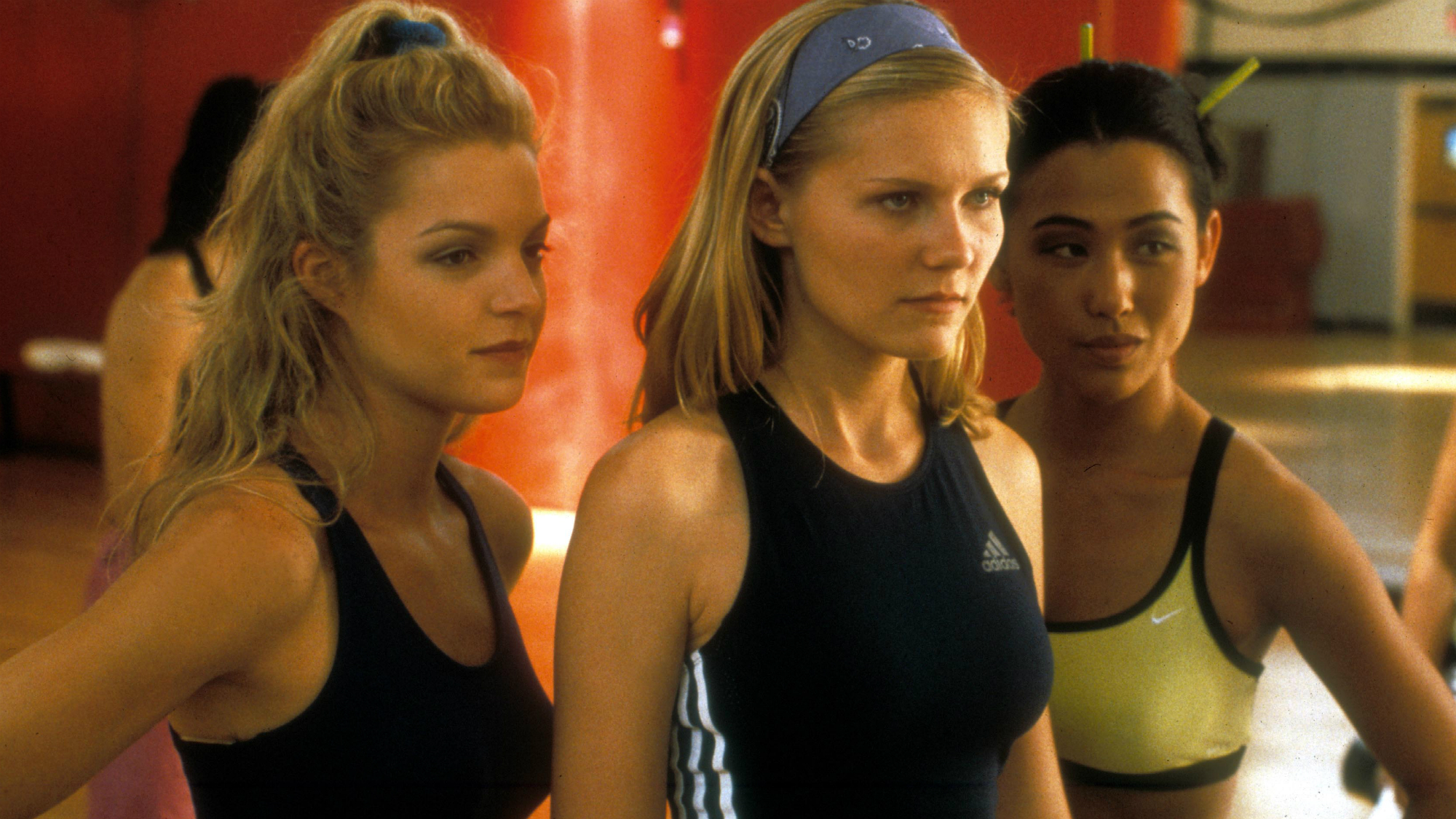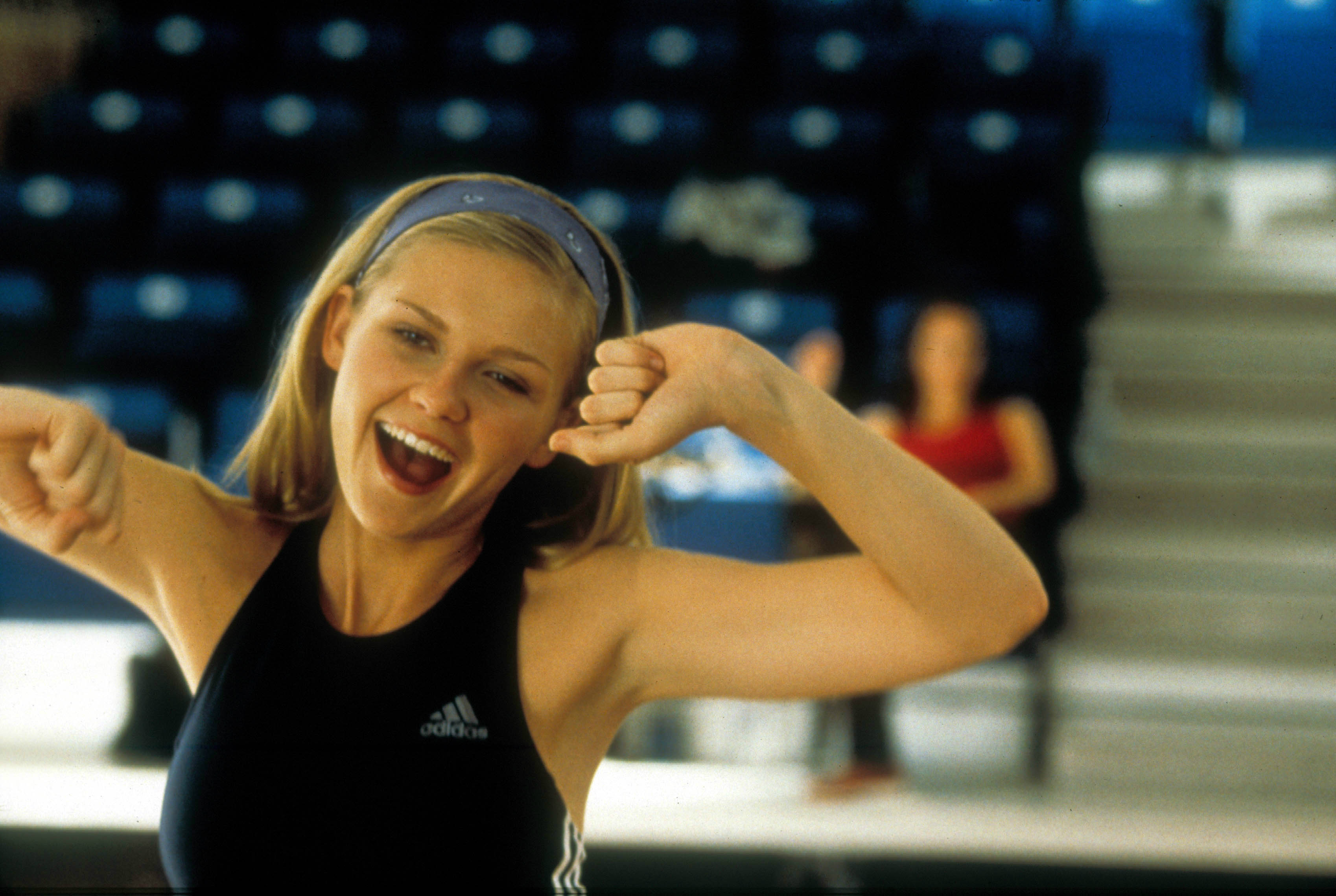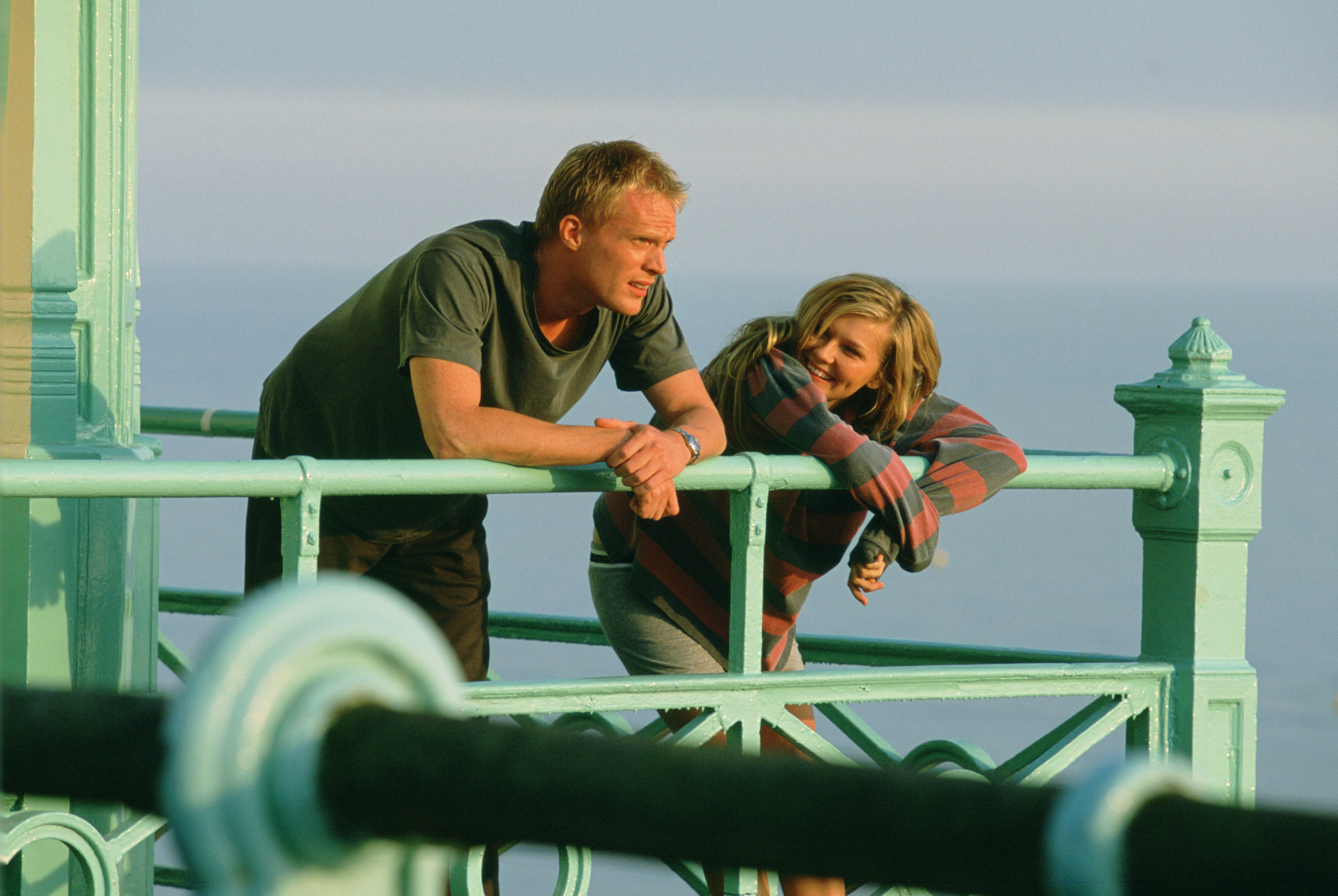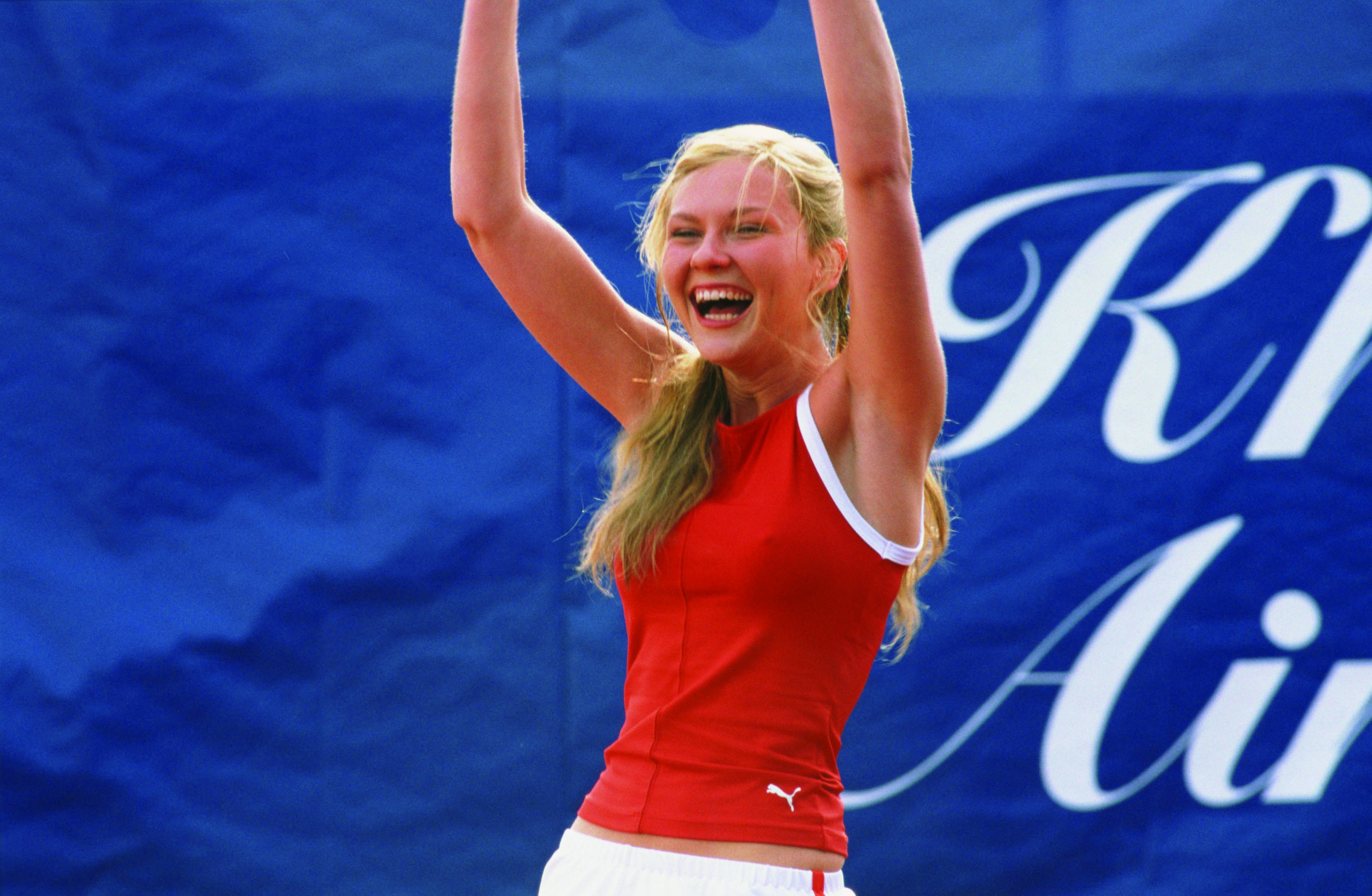Is slow motion fitness a thing now?
Forget about high intensity – the new exercise trend is about making like a tortoise to get the same benefits in even less time. But that doesn’t mean it’s easy…


Forget about high intensity – the new exercise trend is about making like a tortoise to get the same benefits in even less time. But that doesn’t mean it’s easy…
Words by Jessica Powell
If you were to wander into Rev25, a brand new gym in Windsor, you’d witness a rather strange sight. There would be no one pounding on treadmills, nobody gasping for breath and no sweat-slicked brows. Instead, everyone would be lifting weights at such as slow pace, you would swear they were about to grind to a halt.
This sloth-like method of strength training is already big in the US, and promises to build muscle more effectively and swiftly than hammering through fast reps. Now, it’s set to take off here in the UK, with Rev5’s plans to start expanding nationwide over the next six months.
GO SLOW? HOW CAN THAT POSSIBLY WORK?
The secret lies in the make-up of your muscles, which contain three different types of fibre. The first two are used for most daily activities, because they’re really efficient – slow to fatigue and quick to recover. The third type serves as a back-up. The aim when strength training is to exhaust all three, says Dr Tahir Masood, co-founder of Rev5.
‘People typically lift weights with a fast jerk. The problem is, it creates momentum that carries the weight through the rest of the movement. So, after an initial effort, your type – one and type-two fibres can rest and recover, ready for the next rep,’ he explains. ‘If you lift really slowly, however, they don’t get a break, so they fatigue.
Marie Claire Newsletter
Celebrity news, beauty, fashion advice, and fascinating features, delivered straight to your inbox!
Your type- three fibres have to take over and then they get exhausted, too.’ At this point, the muscle can’t move, so it sends out a chemical signal to the body that it needs to adapt. In response, you build strength and tone, which creates a lean appearance – and has knock-on health benefits, such as reducing your risk of Type 2 diabetes.

HOW SLOW ARE WE TALKING?
You should take a good eight to ten seconds for each half rep. So, for example, take eight to ten seconds to lift a weight up, and another eight to ten to slowly take it down. And this is where you have to realize that, whiles the method is laid-back, it’s far from easy. Expect some serious shakes. The good news? Because it’s so efficient at fatiguing your muscles, you start to reap the benefits in a really short work out time.
Rev5’s in-gym drill involves five different exercises on weight machines and promises to exhaust your whole body in 15 minutes flat. At home, you can apply the same principles to body weight exercises without the need for equipment. Dr Masood recommends doing squats, press-ups, tricep dips, bridges and leg raises. Repeat each exercise at this gruelingly slow pace to the point where you literally can’t do any more.
SURELY YOGA CAN’T GET ANY SLOWER?
Yes, it can. Strength training isn’t the only type of exercise that’s currently on a go-slow. In the yoga world, Yin yoga is growing in popularity – a leisurely practice that sees you hold simple poses for anywhere between two and 20 minutes. The benefits? It works the connective tissue surrounding your muscles and bones, called fascia – a buzzword in fitness, as experts are just beginning to understand the impact keeping it in good nick has on injury prevention and performance.
‘In our class, we hold poses for around two to eight minutes, which is a period of time that gives your fascia the chance to relax,’ explains Naomi Costantino, co-founder of East Eden yoga in London. ‘In turn, you create more space around the joints, and free up the muscles.’ It can ease niggles, increase flexibility and improve your ability to push deeper in more demanding yoga poses, not to mention really help you find calm. ‘You have to sit still for a long time – your body is going to ache and you’ll fidget. So, you have to try to be present with those sensations and find peace in the pose,’ explains Costantino. ‘It’s got a real meditative quality – much more, I think, than dynamic forms of yoga.’
The Square Pose is perfect for stretching out and unwinding after a busy day at work, suggests Costantino. Sit cross-legged, relax your face and steady your breathing. Then, slowly lean your body forward, creating a curve through the spine. Find a place where you can feel the stretch, but can hold the pose for two to five minutes.

WHAT IF YOU WANT TO LOSE WEIGHT?
It is possible to drop a few pounds with slow-mo fitness. Even when it comes to cardio, a more relaxed approach is being celebrated. On Instagram, the hashtag #LISS (which stands for Low Intensity Steady State) has been appearing on the feeds of fitness gurus, such as personal trainer Kayla Itsines, who has an army of 3.5 million followers.
It’s applied to leisurely cardio, like cycling and swimming, at a constant comfortable pace and is being tagged by some of the hottest bodies of the moment – with good reason. ‘If you exercise at a fairly low intensity, say jogging, that’s when you burn off the highest amount of fat, more so than, say, sprinting,’ notes exercise physiologist Dr Niels Vollaard from the University of Bath.
This doesn’t mean that you’ll lose more weight than you would through a high-intensity workout (which might burn the same number of calories, just from carbs instead). However, given that cardio workouts have been all about speed in recent years – with the likes of HIIT (high-intensity interval training) and spinning being the workouts of choice – it’s a timely reminder that the leisurely approach can be just as effective.
SO WE SHOULDN’T GO HELL-FOR-LEATHER ANYMORE?
It’s not that you should stop, it’s just that it’s not your only option. Going full throttle isn’t necessary for getting the health benefits of cardio. LISS has been proven to increase fitness, and reduce the risk of heart disease and diabetes.
‘The job of exercise is to give the body a kick in the butt,’ explains Dr Vollaard. ‘You need to do something it doesn’t like, so it will adapt and be able to do it more easily next time. A hard sprint will stress the body quickly, but if you go for a slow jog, and do it for long enough, it won’t like that either.

IS THIS JUST AN EXCUSE TO GET LAZY?
It depends how you approach it. Even if you’re going slow-mo, you don’t want to work for hours on end in order to see the benefits. The trick is to get your heart pumping a little harder and quicken your breath. If you want to be more exact, track your heart rate and work at at least 50 per cent of your maximum, aiming to push to around 60-70 per cent. A rough way to calculate your maximum heart rate in beats per minute is to subtract your age from 220. You can then check your heart rate by taking your pulse or using a fitness tracker with an in-built monitor, such as the new Fitbit Charge HR (£119.99, fitbit.com).
Aim for at least 150 minutes of LISS a week. There’s no set ‘prescription’ for how long each exercise session should be, so Dr Vollaard recommends setting targets: ‘If you’re aiming to lose weight for example, if it doesn’t change after about a month, you might need to up the intensity or duration of your sessions.’
One of the advantages of LISS is that you can tot up your quota by slotting it into your day – cycling to work or a lunchtime power walk – without going to the gym.
While the obvious bonus of pacier exercise is that you can achieve results in less time, that becomes irrelevant if you’re the kind of person who finds it so unappealing, you never actually do it. ‘Some people think that high-intensity exercise is just awful, They will never get past the point where they start to see benefits from it, as they’ll just give up, says Dr Vollaard. By contrast, LISS might feel more doable – pleasurable even. So, it’s no wonder that it has the Instagram seal of approval. Slow and steady really could win the race.

Jenny Proudfoot is an award-winning journalist, specialising in lifestyle, culture, entertainment, international development and politics. She has worked at Marie Claire UK for seven years, rising from intern to Features Editor and is now the most published Marie Claire writer of all time. She was made a 30 under 30 award-winner last year and named a rising star in journalism by the Professional Publishers Association.


